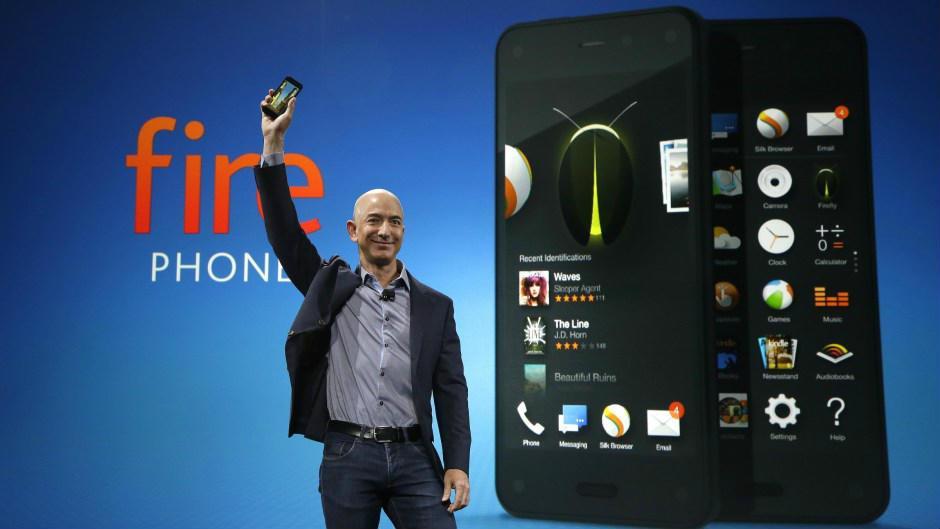
Ah, the Amazon Fire Phone. The phone that was once rumored to be “free”; the phone that millions of Amazon shoppers would flock to simply because they can’t help but love the convenience of shopping from home; the phone that was supposed to officially get Amazon involved in the smartphone game. Only one of those predictions came true, and while Amazon’s Fire Phone did bring Amazon into the world of smartphones, it didn’t exactly do so tactfully.
Recent reports show that Amazon is taking a $170 million hit that is related to “Fire phone inventory valuation and supplier commitment costs.” On top of that, Amazon also announces that it had $83 million in unsold inventory when it comes to the Fire phone. In the grand scheme of things, this doesn’t do much to a company like Amazon when it comes to profits; however, it does kind of put a dent in their reputation, and any amount of money lost is never a good thing.
The Fire Phone wasn’t the worst phone ever made. In fact, the phone itself really wasn’t that bad at all. What was bad was the pricing of the phone, the phone’s overall purpose, and probably the high expectations that came with a smartphone made by a company that has done so well with the eReader and tablet market. When it comes to smartphones, Amazon’s Fire Phone just didn’t cut it - especially with a starting point of $200 (on contract) and a single carrier exclusive through AT&T. Despite the fact that the phone dropped to $0.99 not even two months after its release, the Fire Phone still struggled to make it big.
It’s hard to say whether this will deter Amazon from trying again sometime in the future. This isn’t the first time a major online service tried to cash in its name and turn it into a specialty smartphone. You can refer to two of HTC’s phones, the ChaCha and the First, for references on how well a “Facebook phone” managed to sell, even during the social network's peak (spoiler alert: it wasn’t happening either time). Granted, Amazon has a lot more services to offer smartphone users than Facebook does, so perhaps that’s where expectations were set a little higher with the Fire Phone. Regardless, if Amazon does attempt to make a second generation Fire Phone, some things are going to have to change: introductory price should be lower (unless the phone really is that great - in this case there were better models out there for cheaper), the phone should be available on more carriers, and some Google Services would be cool.
Overall, I think Amazon should lose focus on making smartphones for now; instead, the company should focus on bringing its services to all smart devices. iOS and Kindle devices currently get Amazon Prime Instant Video, and Android smartphones get them - but Android tablets don’t (which is kind of weird considering that Kindle tablets run on a forked version of Android, so you know that they have a working version for the platform). Amazon would likely profit a lot more just from improving their services rather than focusing on creating a competing smartphone of their own.
In the end, I’d say it was worth the shot - but they either need to learn from these mistakes and fix them or stick with what works.